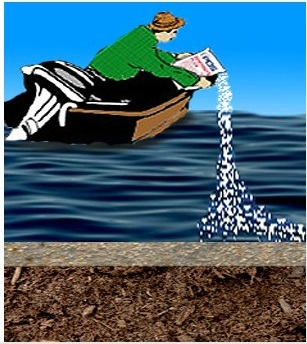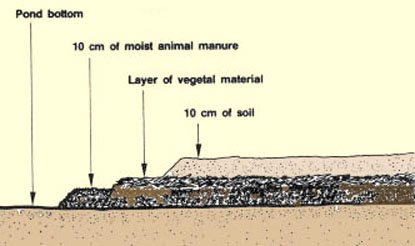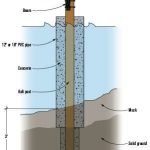Sealing a pond that already has water in it can be a challenging task, but with the right approach and materials, it is definitely achievable. Whether you are dealing with a leaky pond or simply want to prevent water loss, proper sealing is essential to maintain the water level and the overall health of the pond ecosystem. In this article, we will discuss some effective methods and steps to seal a pond with water in it.
1. Assess the Situation
Before you start the sealing process, it is crucial to assess the condition of your pond. Identify the areas where the water is leaking from and determine the extent of the damage. This will help you choose the most suitable sealing method and materials for your specific situation.
2. Choose the Right Sealing Material
There are several options available when it comes to sealing a pond with water in it. Some common materials used for pond sealing include Bentonite clay, pond liners, and specialized sealants. Consider the size of your pond, the severity of the leak, and your budget when selecting the appropriate sealing material.
3. Prepare the Pond Surface
Before applying the sealing material, make sure to clean the pond surface thoroughly. Remove any debris, vegetation, or algae that may interfere with the sealing process. It is essential to have a clean and smooth surface for the sealant to adhere properly and effectively seal the pond.

Credit: www.amazon.com
4. Apply the Sealing Material
Depending on the type of sealing material you choose, follow the manufacturer’s instructions for application. For Bentonite clay, evenly spread a layer over the pond surface and gently mix it with the water to create a seal. If you opt for a pond liner, carefully place it over the pond and secure the edges to prevent any leaks.
5. Allow for Proper Curing Time
After applying the sealing material, allow an adequate amount of time for it to cure and form a strong seal. This may take a few days to a few weeks, depending on the type of material used. Avoid disturbing the pond during this time to ensure the sealant sets properly.
6. Monitor and Maintain the Seal
Once the pond is sealed, regularly monitor it for any signs of leaks or damage. Keep an eye on the water level and quality to ensure the seal remains intact. Perform routine maintenance tasks such as cleaning and inspecting the pond to prevent any future issues.
7. Consult a Professional
If you are unsure about the best approach to seal your pond or if the damage is extensive, consider consulting a professional pond contractor. They can assess the situation, recommend the most effective sealing method, and ensure the job is done correctly to prevent any further water loss.

Credit: easleyinc.com
Conclusion
Sealing a pond with water in it requires careful planning and execution to ensure a successful outcome. By assessing the situation, choosing the right sealing material, and following the proper steps, you can effectively seal your pond and maintain its water level for years to come. Remember to monitor and maintain the seal regularly to prevent any future leaks and preserve the health of your pond ecosystem.





